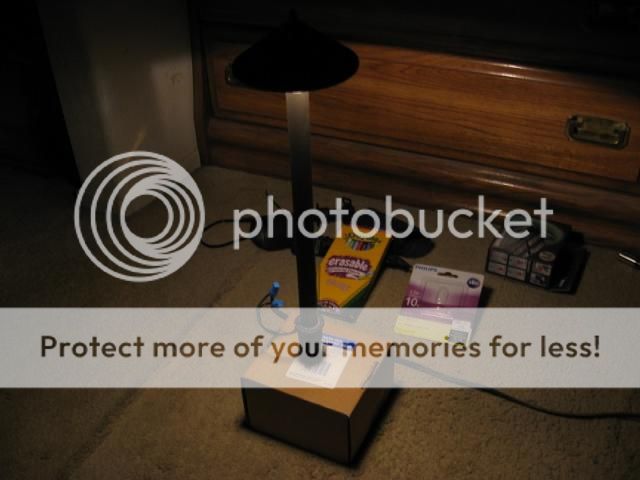RustyShackleford1
Newly Enlightened
- Joined
- Jan 29, 2015
- Messages
- 45
Hello, new member here ... I ended up here because it appears there's a lot of knowledge about LED lighting, including folks that are doing DIY stuff with discrete LEDs. My issue is that I am installing landscape lighting (aka. low-voltage lighting); IOW, lights out in the yard, along the driveway, etc, that run off of 12v. So I figure there's a lot in common with automobile lighting, though I think the color quality might be more important to me. The problem is, no one seems to make 12v wedge-base (aka. miniature wedge) bulbs where the color quality is worth a damn. Even the ones that claim to be "warm white" tend to look like crap, usually with a kind of yucky greenish tint. I've tried Zonetech and Brigthtech ones from Amazon (you know your odds are poor when the product page does not even list the color-temp or lumens), and also from superbrightleds.com.
I've come to the conclusion I have to DIY these bulbs. It seems pretty clear that Cree is the company that makes LEDs with very-high quality light. I'm not sure where to go from there. A lot of DIY links talk about just putting 4 or so LEDs in series and hoping for the best. Maybe that would work. But Cree actually seems to make some "high voltage" LEDs, that seem like maybe they could run directly off 12 volts:
http://www.cree.com/LED-Components-and-Modules/Products/XLamp/Discrete-Directional/XLamp-XTE-HVW
Brightness seems to be in the 100 lumen or so range (which is exactly what I'm looking for), at about 1 watt or so, and with CRI of 80+. The issue, I guess, it since I'd be controlling voltage directly, but current and therefore lumens indirectly, would the brightness be close enough to what I want; and more importantly, would it be consistent from light to light within a group (say the 10 or so along the edge of my driveway) ? Seems to me like their "binning" procedure, would deal with this. Anyhow, it all seems too simple in a way (for example, most places talk about needing an "LED driver" which provides a constant current to the LED), and I wonder if anyone else. has tried these for 12v applications.
Thanks.
I've come to the conclusion I have to DIY these bulbs. It seems pretty clear that Cree is the company that makes LEDs with very-high quality light. I'm not sure where to go from there. A lot of DIY links talk about just putting 4 or so LEDs in series and hoping for the best. Maybe that would work. But Cree actually seems to make some "high voltage" LEDs, that seem like maybe they could run directly off 12 volts:
http://www.cree.com/LED-Components-and-Modules/Products/XLamp/Discrete-Directional/XLamp-XTE-HVW
Brightness seems to be in the 100 lumen or so range (which is exactly what I'm looking for), at about 1 watt or so, and with CRI of 80+. The issue, I guess, it since I'd be controlling voltage directly, but current and therefore lumens indirectly, would the brightness be close enough to what I want; and more importantly, would it be consistent from light to light within a group (say the 10 or so along the edge of my driveway) ? Seems to me like their "binning" procedure, would deal with this. Anyhow, it all seems too simple in a way (for example, most places talk about needing an "LED driver" which provides a constant current to the LED), and I wonder if anyone else. has tried these for 12v applications.
Thanks.


